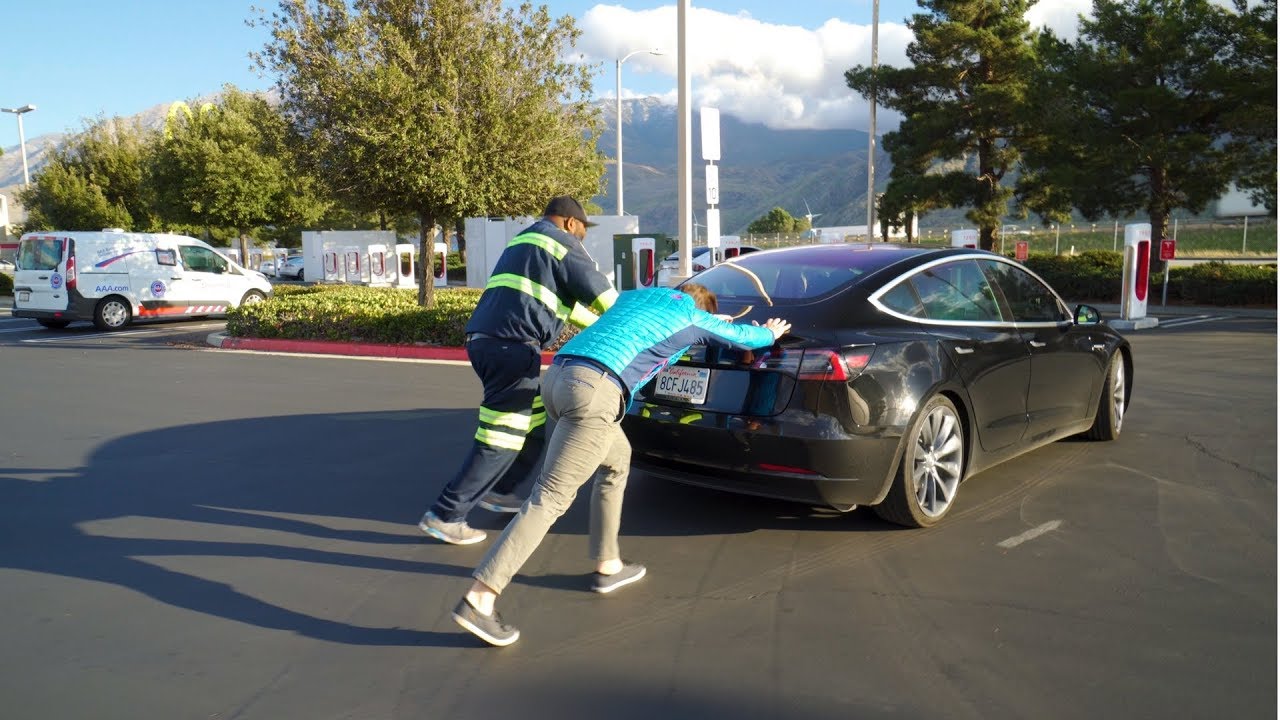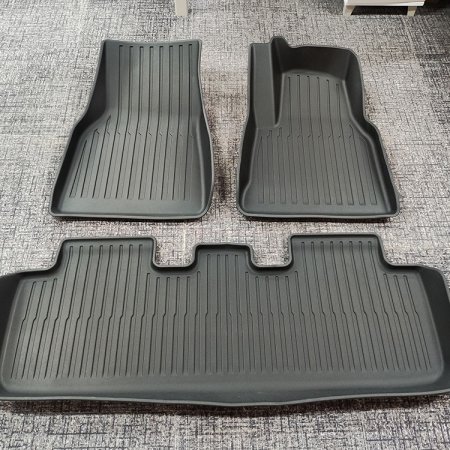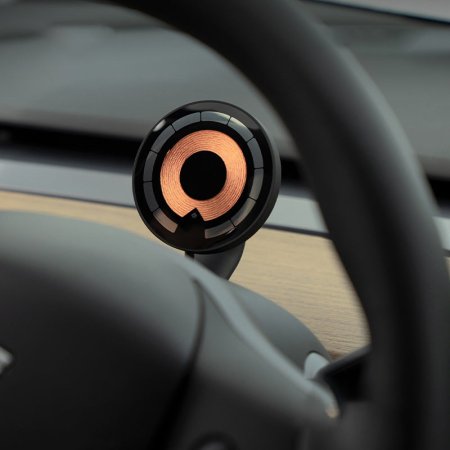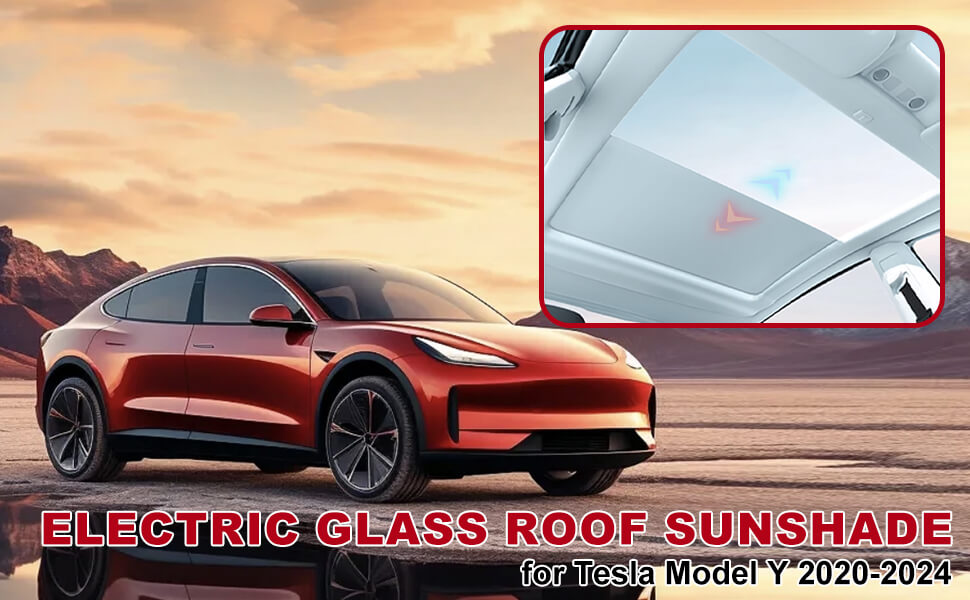Driving a Tesla is an exhilarating experience—its futuristic design, state-of-the-art technology, and eco-friendly nature create perfect harmony on the road. The thrill of gliding smoothly, knowing you’re contributing to a cleaner planet, is unmatched. But as with all-electric vehicles (EVs), there’s always that slight concern lurking in the back of your mind: what if you run out of charge?
It can happen to anyone, even with the best planning. When your Tesla’s battery runs dry, it’s like a sudden halt in the middle of an adventure. The car, once a marvel of modern engineering, comes to a standstill. The good news is, though, you don’t need to panic. Running out of range doesn’t have to be a disaster. Here’s what to do next, broken down in simple, actionable steps.
Understanding Tesla Battery Degradation
Before diving into how to check for battery degradation, it’s important to first understand what’s actually happening. Unlike traditional gas-powered engines, Tesla vehicles run on lithium-ion battery packs, which, over time, naturally lose some of their capacity. This process is influenced by a variety of factors, such as the number of charging cycles, environmental conditions, and, of course, your driving habits.
That being said, Tesla batteries are known for their durability, and their rate of degradation is impressively low compared to other electric vehicles. Many Tesla owners report a modest 5-10% drop in range, even after covering well over 150,000 miles. Tesla designs its batteries to maintain most of their capacity for many years. However, staying on top of your battery’s health through regular checks can offer peace of mind and provide valuable insights into the long-term performance of your EV.
Kylin EV Parts Ltd is located in Guangzhou, the hub of China’s automotive parts industry. Established in 2013, we focus on the supply chain of new energy automotive parts, providing brand solutions for entire vehicle series from a screw to exterior components, connecting the upstream and downstream supply chains, and forming strategic alliances with production factories through customization, alliance. Adhering to the principle of ensuring the quality of a component is equal to protecting the safety of a family.
In 2022, our international trade department was established, focusing on the integration of Tesla, VW, and BYD, as well as aftermarket modifications. As China’s premier B2B supplier, we offer a comprehensive service in integrating EV spare parts for numerous foreign sellers, both online and offline.
We extend a cordial invitation to collaborate with foreign dealers and explore OEM and ODM partnerships for our products. With our commitment to the most professional service, the highest quality products, and the most reasonable prices, we endeavor to provide unparalleled support.












